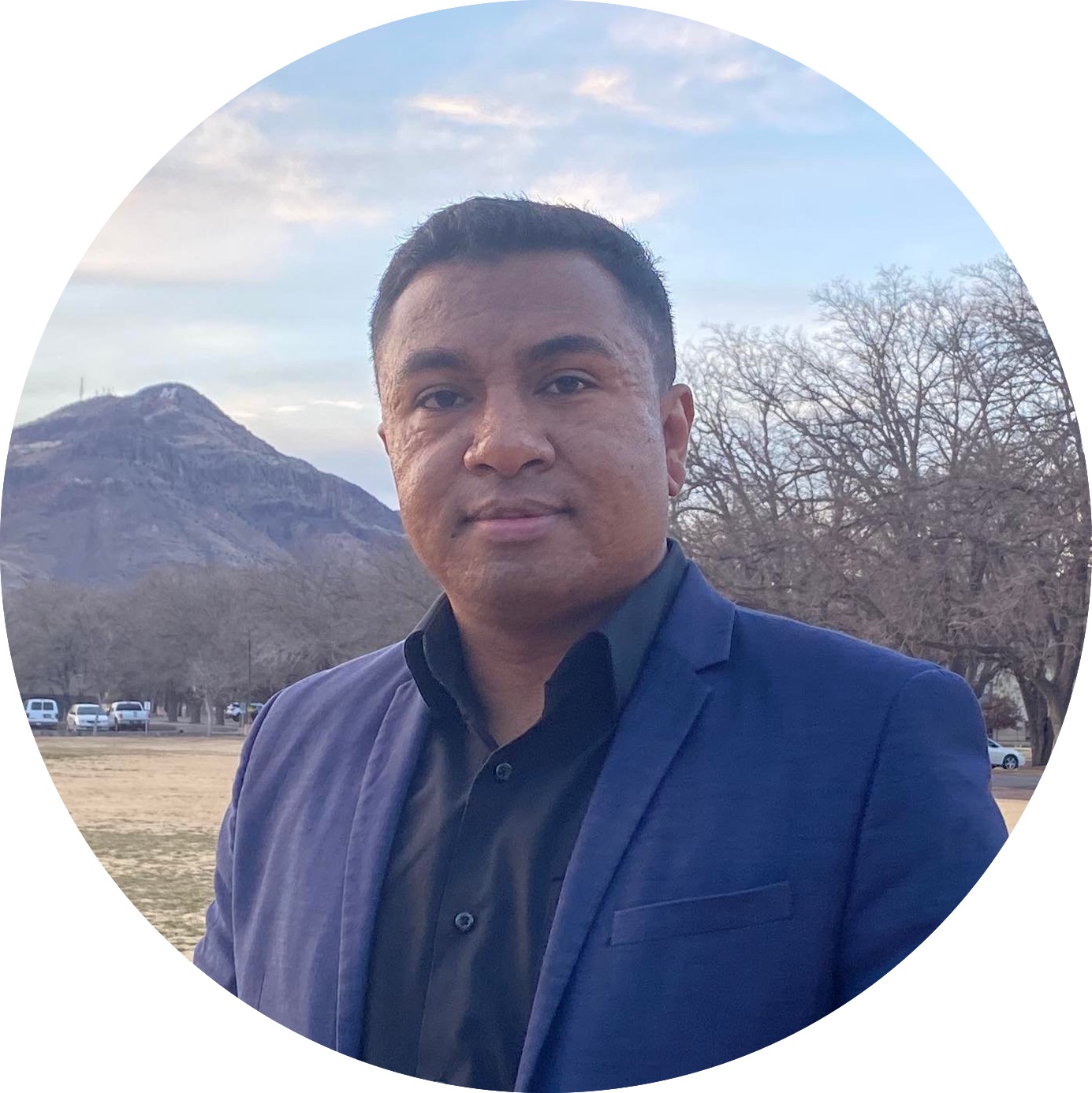Rift Evolution and Rifted Margins
Rifts and rifted continental margins host significant natural resources, such as groundwater and geothermal energy, but the distribution of those resources depends on the rift evolution which in turns is by controlled various geological factors. I investigate how pre-existing fabrics and inherited structures influenced the present-day rift architecture of the obliquely-rifted Margin in SE Brazil, particularly, the Campos and Santos Basins. To tackle this question, I use time-dependent 3D computational modeling of continental rifting coupled with landscape evolution model, from initial stage to breakup, of the SE Brazil Margin by incorporating geological information from plate reconstruction for inital conditions. This state-of-the-art modeling has very high-resolution (< 300 meters) with up to 400 millions of degrees of freedom (solved on ~1000 of cores) and it is also a 3D rifting model that achieve continental break-up. Results, including active and non-active fault network, surface topography, lithospheric/crustal thickness, and surface heat flow, are compared with first order observations and interpreted in the context of two phase rifting (slow orthogonal and fast oblique extension) in order to shed new light on the dynamics of the rift margin in space and time.
Dynamics of Continental Rifting
Understanding the dynamics of plate motions remains a key challenge in geosciences. It is well established that there are 3 main far-field forces that drive plate motions (1) lithospheric buoyancy forces arising from lateral gradients of gravitational potential energy (GPE) in the lithosphere; (2) mantle tractions or basal drag that arise from viscous coupling between the lithosphere and convective motions within Earth’s mantle; and (3) slab pull forces that arise from the net pull of slabs descending into the mantle. Over the past few decades, geodetic and paleomagnetic observations have been extensively used to infer plate motions (kinematic), while seismic anisotropy (SKS splitting) observations have been used to infer mantle dynamics. Understanding the dynamics of plate motions remains a key challenge in geosciences. In this context, one of the key questions of geodynamics is whether mantle tractions can drive and sustain continental rifting. My PhD thesis aim to address this question by investigating the mantle dynamics beneath the actively deforming lithosphere of Madagascar, quantifying the relative contribution the role of lithospheric buoyancy forces to the present-day deformation in East African Rift, and investigating how the observed the hypothesized mantle plume beneath East Africa influences surface deformation. We use computational modeling in which we incorporate regional scale a wide range of geological and geophysical data (or model) and quantitatively compare model results (calculated seismic anisotropy, mantle flow, surface motion) with observations.
Origin of Intraplate Volcanism and Volcanic Hazards
I am part of an international research group that focus on investigating the origin of intraplate volcanism and monitoring volcanic hazards in the Madagascar. One major challenge in studies of volcanoes is distinguishing between a volcano that will resume eruptive activity in the future (active) and a volcano that will no longer erupt (extinct). Traditionally, scientists considered a volcano is active if it has historically erupted or at least with evidence of past eruptions. Howeve, other scientist has redefined an active volcano as one with a working magmatic plumbing system which is characterised by the occurrence of volcano-seismic signals, high heat flow, geochemical anomalies in the gas composition of the volcano–hydrothermal system, and deformation of the volcanic edifice. More recent studies have shown that additional criteria such as the occurrence of seismic activities known as Deep Low Frequency (DLF) event and triggering seismicity due to large distant earthquakes, should be taken into account to diagnose the reawakening of volcanoes. Based on the aforementioned definition of active volcano, the knowledge of the status of the magma plumbing system beneath the Itasy and Ankaratra volcanoes in Madagascar is required to monitor volcanic activity in these regions. Such knowledge can only be achieved by seismic imaging of the underlying magma plumbing system and characterising volcano-seismic signature and volcanic deformation in those regions.



